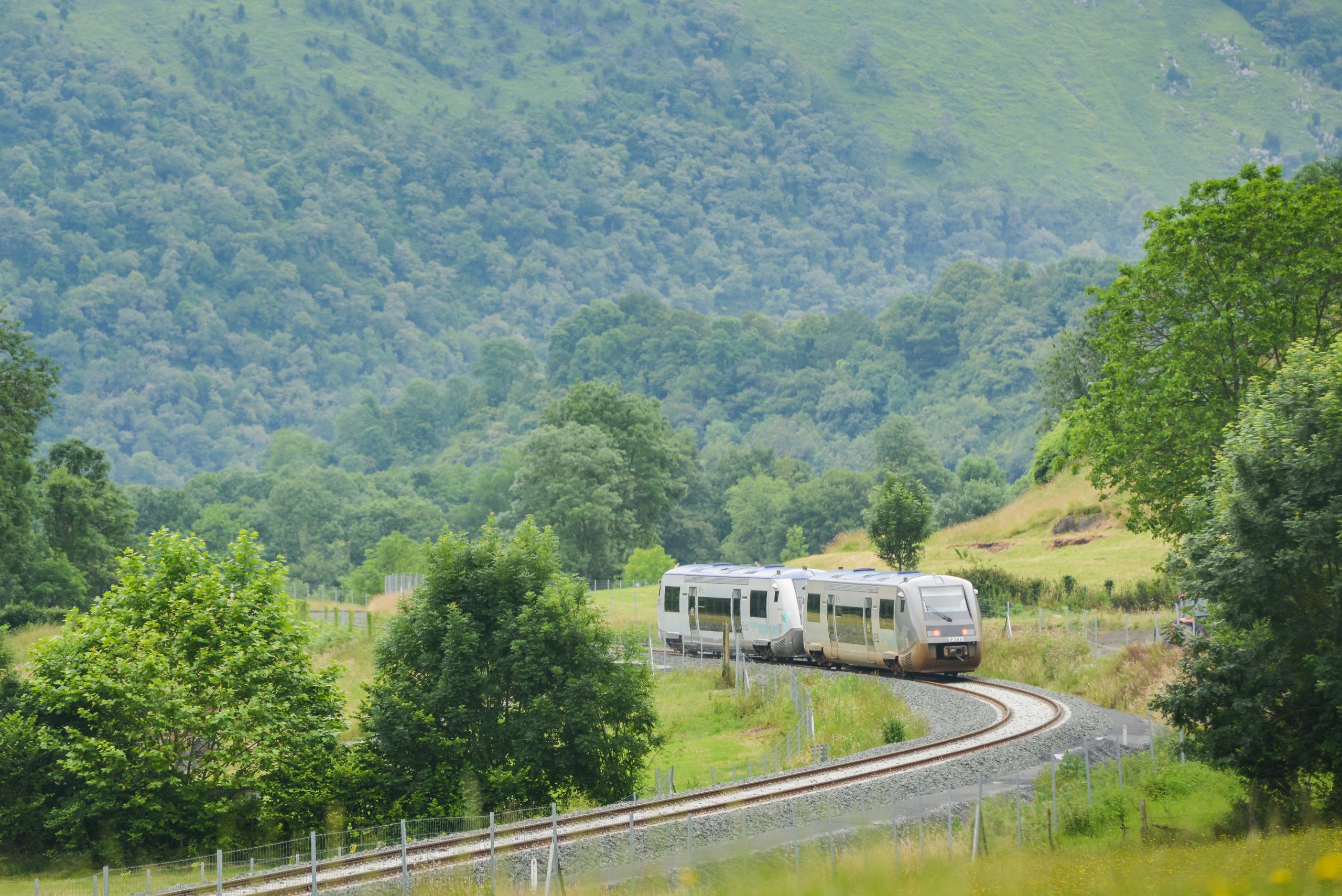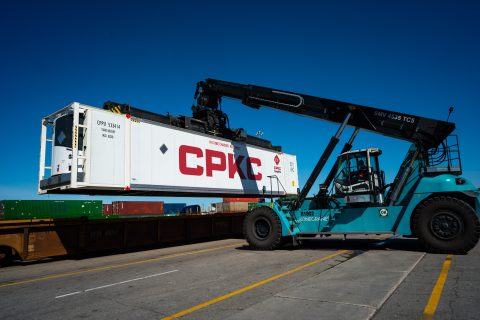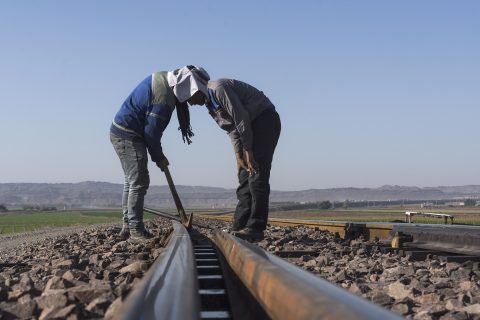France-Spain rail line re-opening back on track?

The re-opening of the cross-border rail section through the Pyrenees between Bedous in France and Canfranc in Spain and ultimately linking Pau with Zaragoza, remains in the spotlight. Recently, the European Commission renewed its support for the project by granting 9.1 million euros towards a programme of technical studies within the framework of the European Interconnection Mechanism (EIM).
The sum is being matched by the Nouvelle-Aquitaine region public authority, the government of the Aragon region, the Spanish Ministry of Transport, and Spain’s rail infrastructure manager, ADIF, taking the total to just over 18 million euros. However, the line, closed since 1970 following a rail accident involving a freight train which destroyed a bridge, is unlikely to re-open before 2030.
‘Declaration of Public Utility’ sought
The financial package will fund “the completion of all the studies and procedures required for the project to be declared a ‘public utility’ in France, the undertaking of a functional study to remodel the local rail network in Zaragoza to alleviate the problems identified, and studies to design rail freight routes to and from the French border,” the Région Nouvelle-Aquitaine underlined. Finalising the technical studies for the re-opening of the Somport international rail tunnel, to prepare for the works to be carried out in subsequent phases, and a construction project to connect the line to Zaragoza’s Plaza logistics hub, are also among the programme’s objectives.
Provisional timetable
Next month will likely see “the completion of the preliminary design studies covered by the current EIM,” according to a provisional timetable. A public enquiry and administrative authorisations on the French side are expected to take place over the period 2024-2025 with “the re-opening of the entire route to traffic by 2030.”

Nouvelle Aquitaine region stays positive
While renewed financial support is clearly good news for the project, the lion’s share of the 18.2-million-euro package will be spent on technical studies. Funding for the works phase of the project still has to be costed and secured. However, Renaud Lagrave, vice-président in charge of Mobility, at the Région Nouvelle-Aquitaine, sounded an upbeat tone note, citing several sources of potential financing.
“Firstly, the European Commission. When it funds the study phase of projects, what often follows is that it grants funding for the works phase too. And indeed on the Spanish side, the project has benefited in this way,” he told Railfreight.com in an interview. ‘Secondly, SNCF Réseau could put up some financial support and of course, the Nouvelle Aquitaine region. Who knows, in the next few years, we may be able to convince the French state to come aboard too.”
Contacted by Railfreight.com, a spokesperson for France’s rail infrastructure manager, SNCF Réseau, said: “We are supporting the Nouvelle-Aquitaine region in its desire to reopen the Bedous-Canfranc line,” declining to comment further. Lagrave declined to estimate the level of investment required in the works phase. “It’s not possible to give a precise figure at this stage. We’ll probably have more details at hand next summer on the 33 kilometres of the rail line on the French side which would be the focus of the spending.”
Spain keeps investing in the line
Lagrave confirmed that the Spanish partners in the project were far ahead of their French counterparts. “They are progressing rapidly and the key advantage they enjoy is the strong financial support from the state.” He said this was in stark contrast to the lack of commitment shown so far by the French state in the re-opening of the line. “We hope this will change and we are doing all we can to bring it about. And we are not alone. The Commission is also pushing France to get involved and the Spanish Transport minister has made such an appeal on numerous occasions. The launch of the public enquiry in autumn 2024, could serve to trigger a (positive) response from the French authorities.”
Spain is spending 128 million euros on major construction work aimed at revamping and repairing the engineering structures and drainage and modernising the Zaragoza-Huesca-Canfranc line. In particular, the funds will be deployed to modify the track gauge on the Huesca-Canfranc section, which leads up to the French border in Bedous. It also includes bringing signalling provisions up to European standards and international traffic norms and undertaking work on certain bends on the line to allow an increase in train speeds.

Easing congestion
There are currently four rail routes linking France and Spain and the importance Bedous-Canfranc section lies in the fact that it is the only one in relative proximity to the Atlantic side of the border, linking Irun and Hendaye. The re-opening of the Canfranc-Bedous section would therefore offer shippers and logistics services providers an alternative route to road at a time when there is growing pressure to reduce truck traffic between France and Spain on environmental grounds.
“The Pau-Zaragoza link is a major international route, particularly for freight and capable of easing congestion on the A63 ‘Atlantic corridor’ motorway, connecting south-west France to Spain by the most direct route, via the Pyrenean mountain range that currently constitutes a 350km barrier,” the Région Nouvelle-Aquitaine underlined. It added that the re-opening of the Pau-Bedous-Canfranc-Zaragoza line to rail freight traffic would benefit the automotive, grain and chemical industries and the Plaza logistics hub in Zaragoza, as well as providing links to the dry port of Barcelona as well as Valencia and Madrid.
You just read one of our premium articles free of charge
Want full access? Take advantage of our exclusive offer




